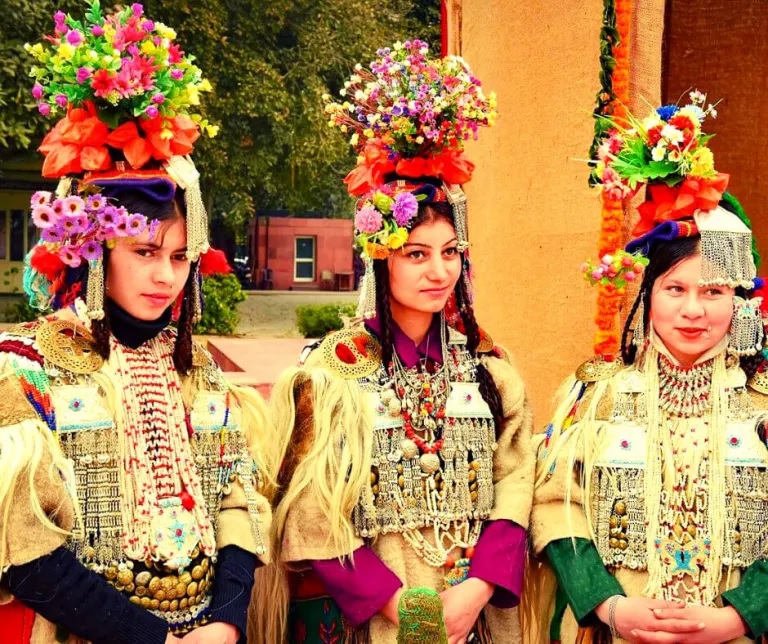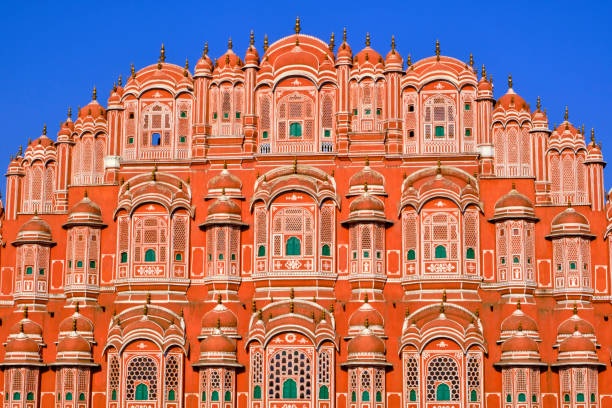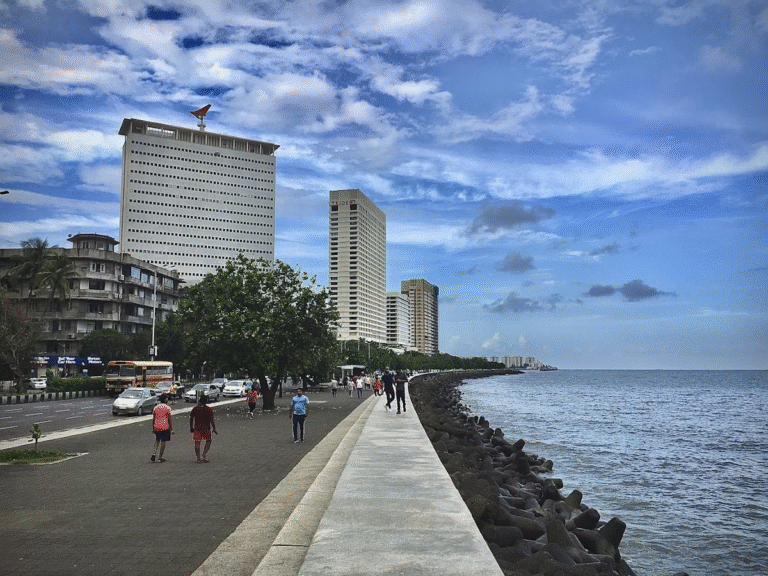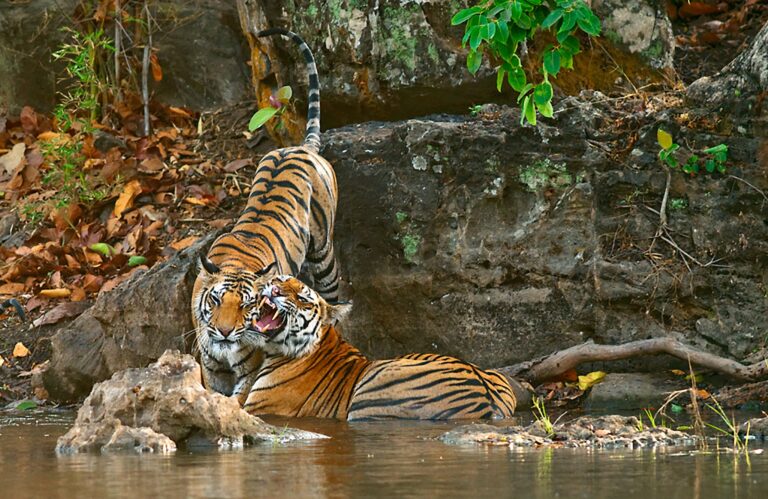
Travel Guide & Tourism Information about India:
This is where India travel tips become crucial: providing travelers with the keys to an unforgettable experience, while avoiding the difficulties that can arise when exploring a culture so different from their own. India travel tips, therefore, prove to be an essential compass for those who wish to fully immerse







